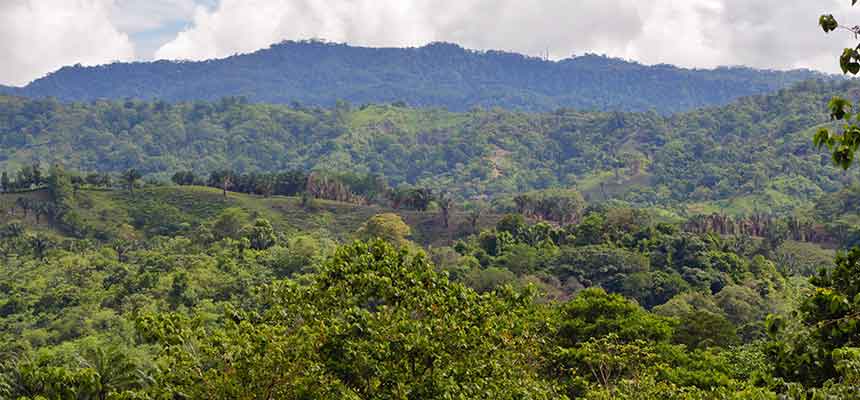What is “plantation teak”, and how does it differ from old-growth teak?
In our second blog diving into the most common questions about our teak, we outline what the differences are between plantation teak and old-growth teak. We’ll also explore the conditions that teak can grow in and how we can make teak growing more sustainable.
Teak is famed for its beauty, longevity, durability, pest and mould resistance, resistance to water, and it’s non-slip characteristics. Old Growth Teak grows in generally ideal climate and soil regions (placed there by Mother Nature) and benefits from being hundreds of years old and irreplaceable when cut. This wood is not sustainably produced nor qualifying for FSC certification.
The world’s future supply of teak wood will depend on the production of teak plantations. Plantation teak, properly managed, retains most of the characteristics of the old-growth teak.
Plantation teak will not be 100% identical in oil and ring concentration and is often less uniform in colour. In 95% of applications, carefully managed teak can be an effective replacement – at a fraction of the cost AND with the industry responsibility of providing environmentally responsible production.
Plantation locations need to meet many criteria to produce a quality result. Teak grows best within 15% of the Equator, in elevations under 500 metres, with rich but sandy soil. The climate is also critical with hot, humid temperatures and high levels of rainfall necessary. The soil must be well-drained as teak roots will fare badly in perpetually wet ground. Most necessary for proper wood formation is a defined dry season. Without this, both ring development and wood density will be compromised.
Using final harvest trees will promote the concentration of the preservative teak oils within the heartwood. These oils will not be as concentrated as in a 300-year-old tree, however, this does allow for far easier working and gluing of the wood and for most applications, the oil concentration will be plenty.
Careful pruning and thinning while the trees grow help to produce greater yields, lower costs and reduce knots and issues within the trees. This improves the beauty of the wood.
Silica is absorbed from the sandy soils and this results in the blunting effect of teak on cutting tools. This is critical to teak development and to providing the non-slip finish so prized in wet environments. Teak will not naturally sprout in black or clay soils.
Careful control of all these elements will provide superior wood fibre, most closely resembling the old-growth teak of the past in a far more cost-effective and environmentally responsible manner and certainly superior to any common competitors such as Brazilian Teak, Golden Teak or African Teak – none of which are actual TEAK!

